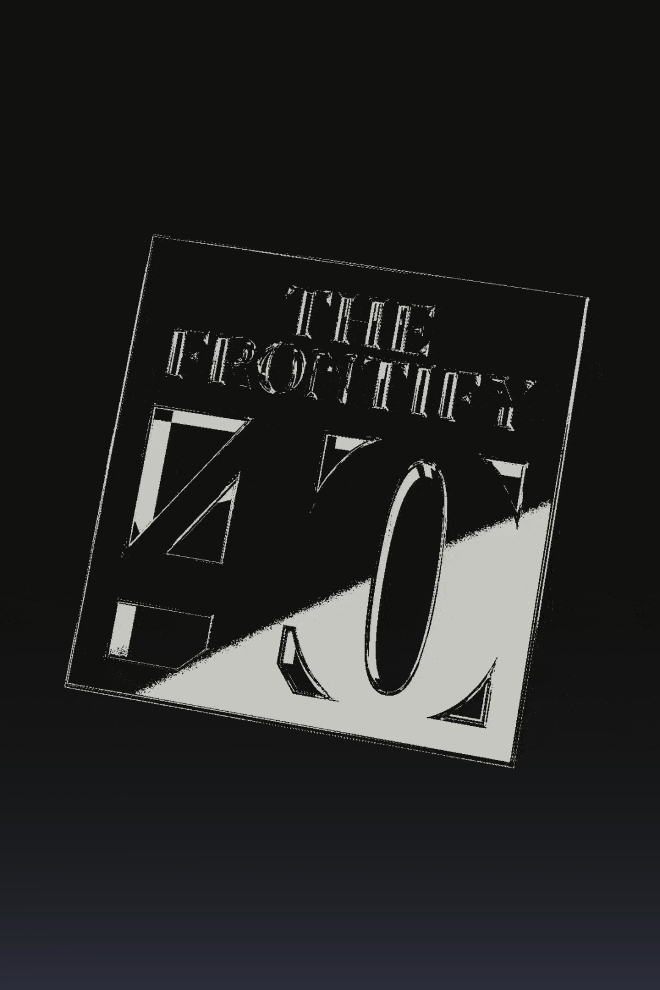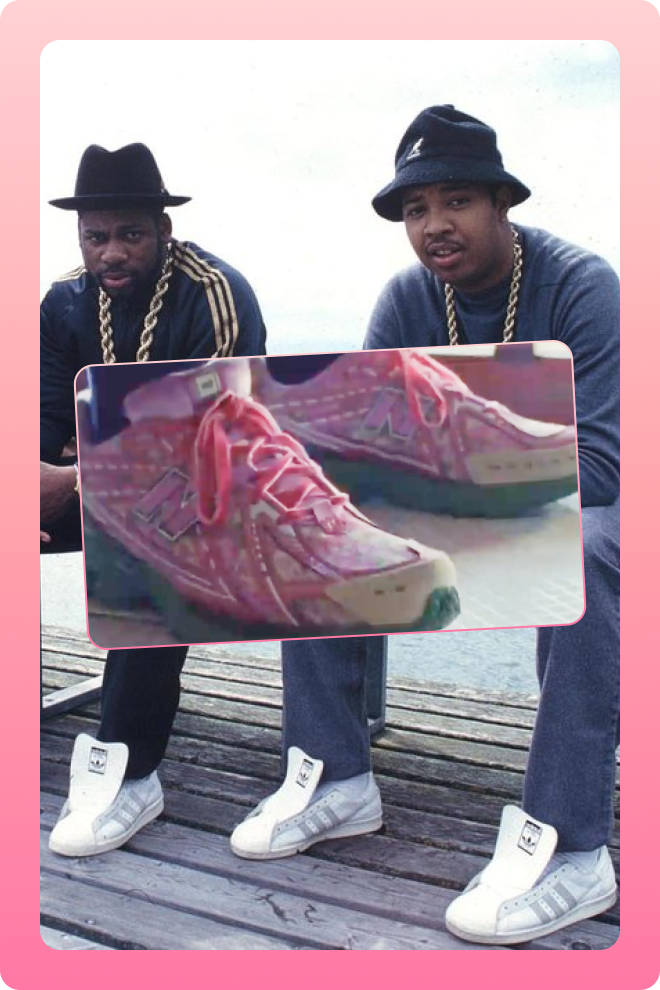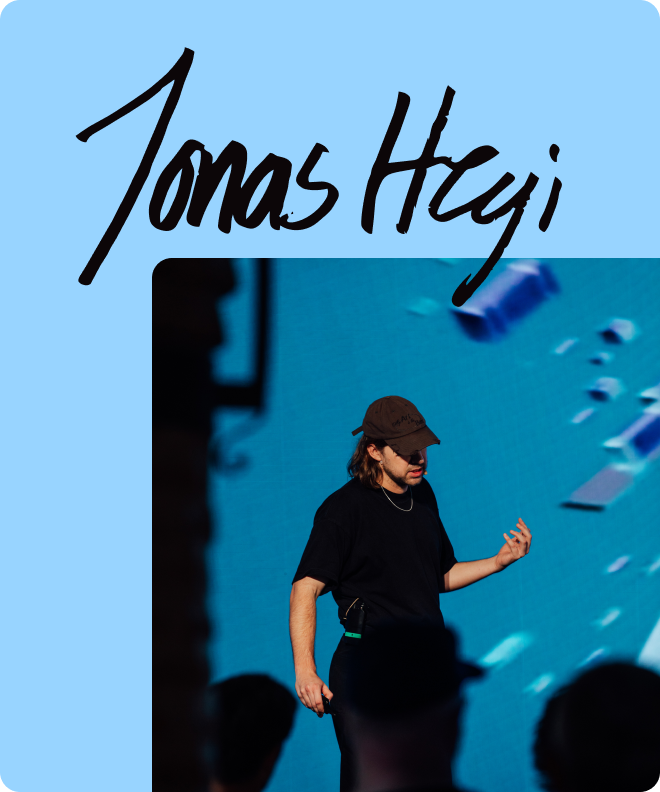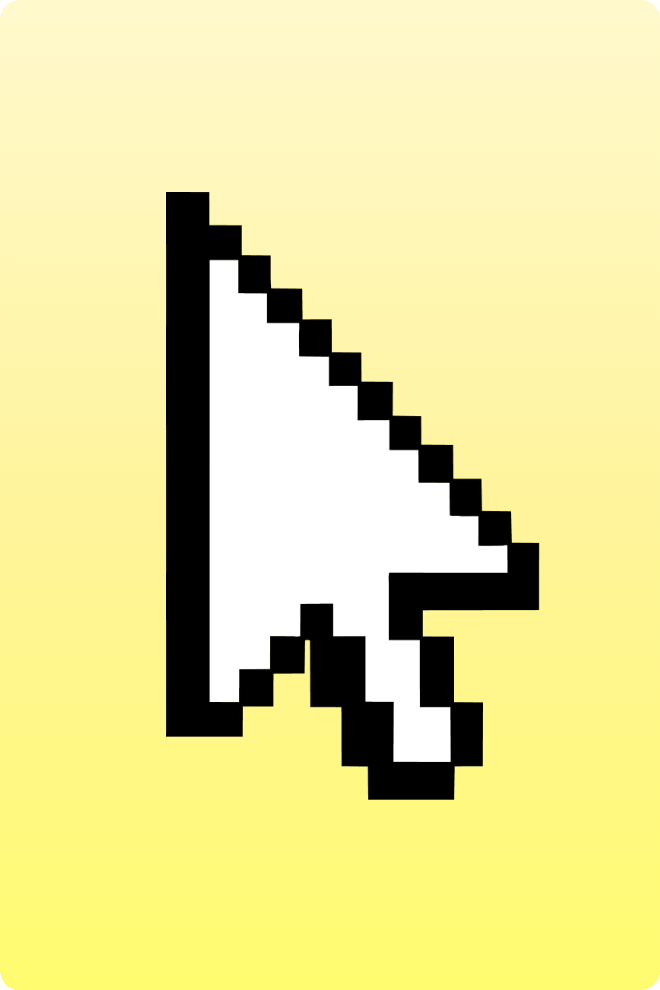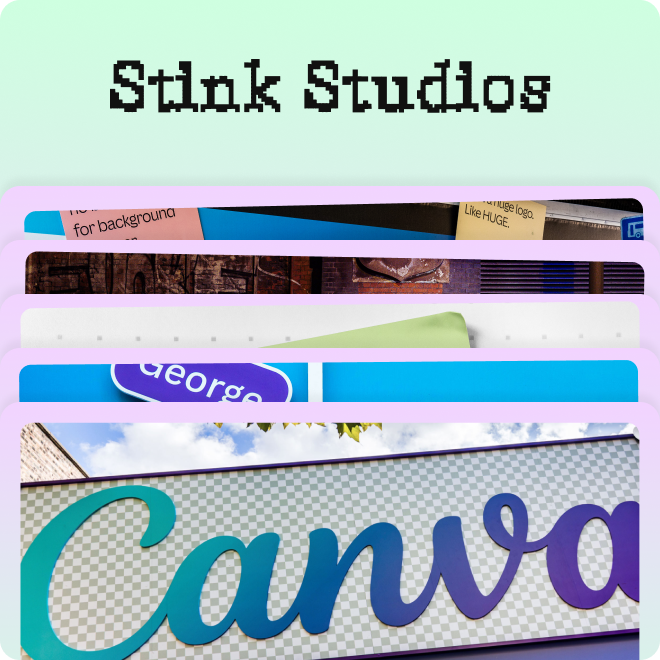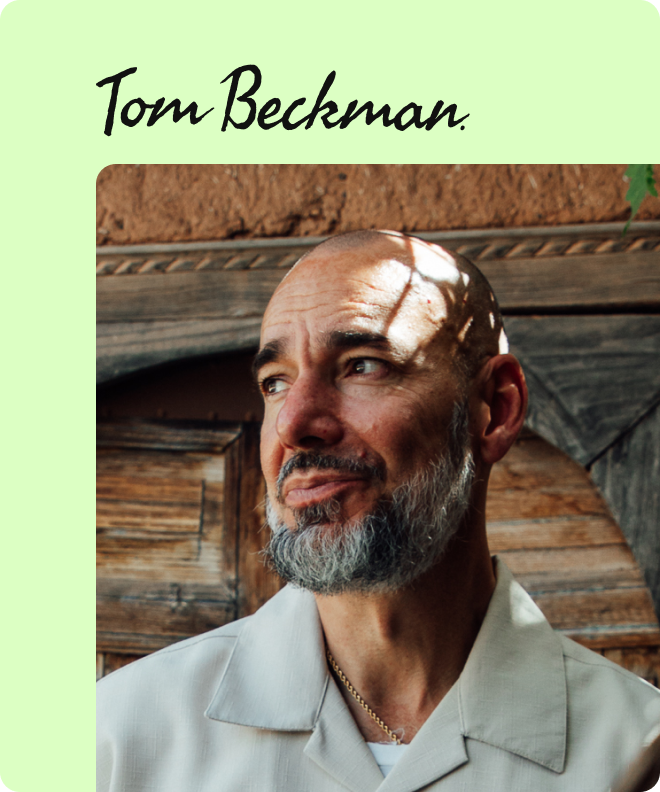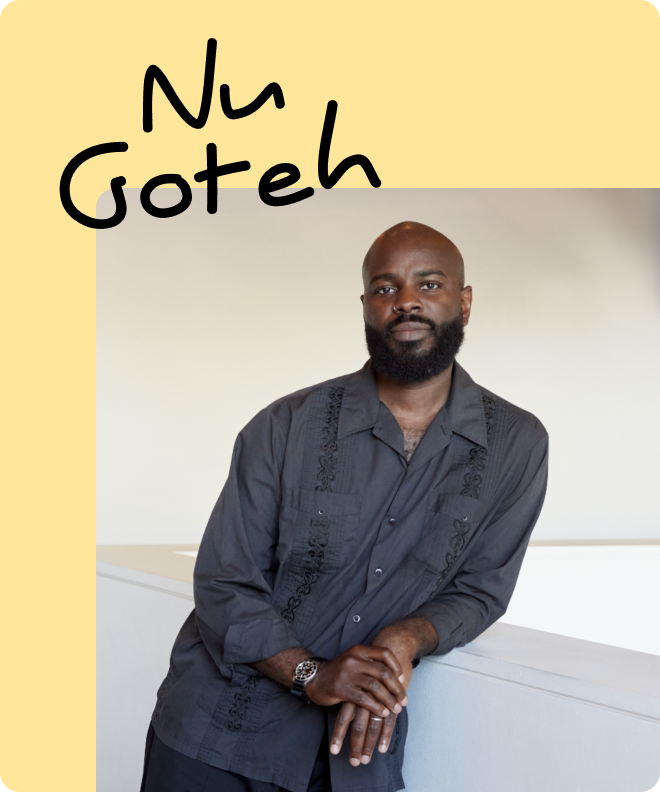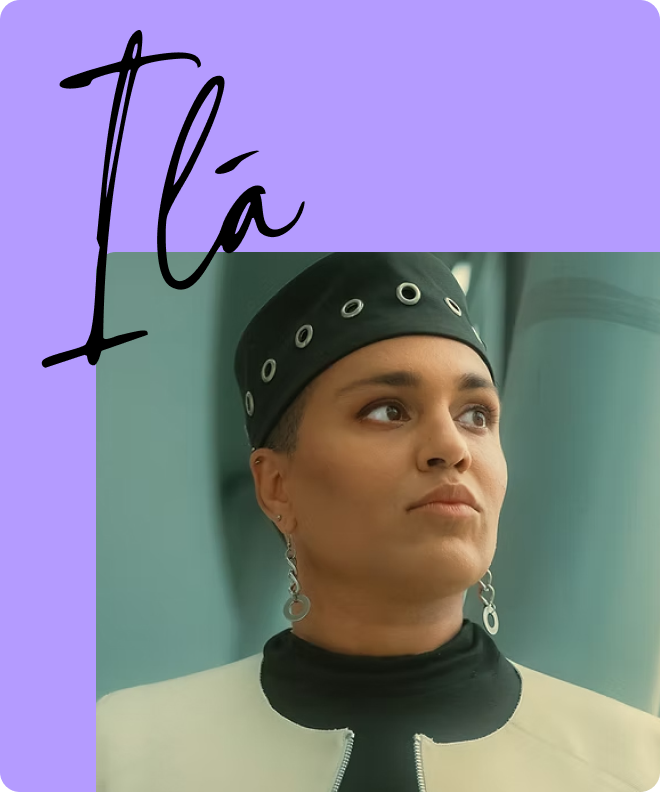- Mascots are evolving from static visuals to dynamic, programmable personalities
- Mascot-led campaigns drive 37% better brand linkage than traditional approaches
- Brand teams must now manage complete character ecosystems, including voice, animation, and behavior parameters
- Well-designed mascots bridge cultural and linguistic divides while maintaining brand consistency
- The trend is expanding beyond consumer brands into B2B, healthcare, and financial sectors
Key takeaway: Tomorrow's mascots won't just represent brands — they'll become adaptable, AI-powered interfaces that balance consistent identity with personalized experiences.
Remember when mascots were just goofy characters on cereal boxes and theme park costumes?
In 2025, we’re witnessing a full-blown mascot renaissance. But this isn’t just nostalgia. It’s strategy.
From Ralph Lauren’s Polo Bear to Duolingo’s green owl, mascots are being reimagined as dynamic, digital-first assets designed to scale, connect, and evolve in real time.
In the next phase of brand building, mascots won’t just support the brand story — they’ll become the story.
Animated, AI-voiced, culturally fluent, and increasingly autonomous, these characters are becoming essential to the brand asset ecosystem.
And the smartest marketers are already capitalizing on this shift. Ralph Lauren’s Polo Bear 1, once a novelty plush toy, now appears as a TikTok fashion icon and the face of the “Ralphcore” aesthetic.
Cute? Yes. But it’s also a silent shorthand for an updated quiet luxury.
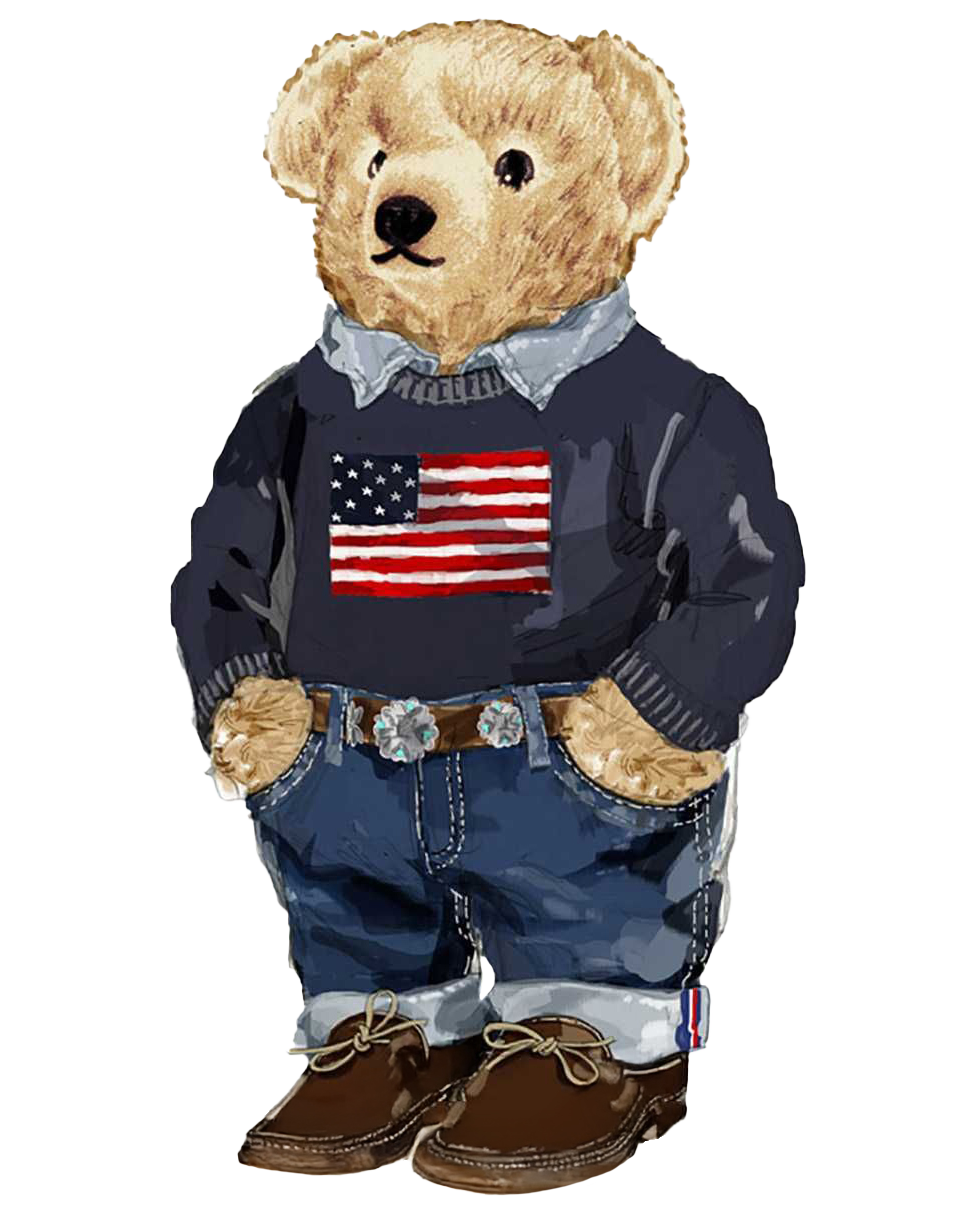
1Ralph Lauren’s Polo Bear, once a novelty item, now anchors TikTok fashion edits and “Ralphcore” moodboards — embodying a nostalgic-yet-luxury aesthetic that extends brand storytelling through character-driven consistency.
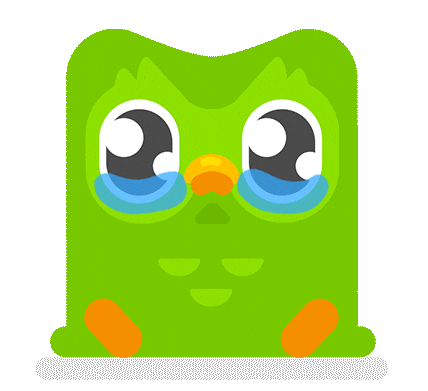
2Duolingo’s Duo has evolved from a static mascot into a chaotic cultural icon, using self-aware TikToks and dark humor to drive engagement — and contributing to a 40% year-on-year jump in paid subscribers.
Then there’s Duolingo’s Duo 2 — possibly the most unhinged corporate mascot in history and a masterclass in Gen Z fluency.
Through chaotic TikToks and savage clapbacks, the owl built a persona more recognizable than most influencers.
Earlier this year, Duo’s dramatic “death” and viral resurrection became a cultural event.
The outcome: a 40% year-over-year jump in paid subscribers. Not bad for a cartoon bird threatening people to learn Spanish.
Even Ryanair, the budget airline, has created a deadpan, emoji-faced plane 3 that trolled its way to more than 2 million followers.
That’s free media for a company known for charging extra for everything.
But this isn’t just about attention — it’s about assets.
Mascot-led campaigns are 37% more likely to drive brand linkage and 30% more likely to command attention, according to a 2023 Ipsos study.
A 2024 Kantar report found that characters consistently outperformed celebrities in long-term brand equity scores across global markets.
And yet, most brands haven’t caught up.
As James Whatley, Chief Strategy Officer at Diva, says, “Most brands are still thinking about mascots as logos with eyes.
What they should be building are programmable personalities.
Think Pixar meets OpenAI — but with your brand values as the operating system. The ones who get this right will own the next decade of attention.”
This shift isn’t just creative, it’s operational. Dynamic mascots introduce a new layer of complexity to brand asset management.
Beyond logos and typography, teams must now orchestrate a living character: voice clips, behavioral parameters, mood variants, animation rigs, localization files, and personality documentation. These aren’t just assets — they’re ecosystems.
Digital asset management systems will need to evolve to tag, version, and deploy mascot content with the same fluency as traditional brand kits.
Expect entirely new categories to emerge: emotional states, narrative beats, or real-time response modules.
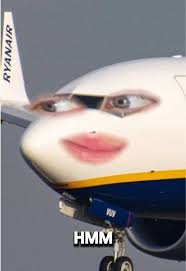
3Ryanair’s plane with a face trolls users with sharp wit and self-deprecating humor, turning complaints into punchlines and building over 2 million followers through a persona that is irreverent, low-cost, and instantly recognizable.
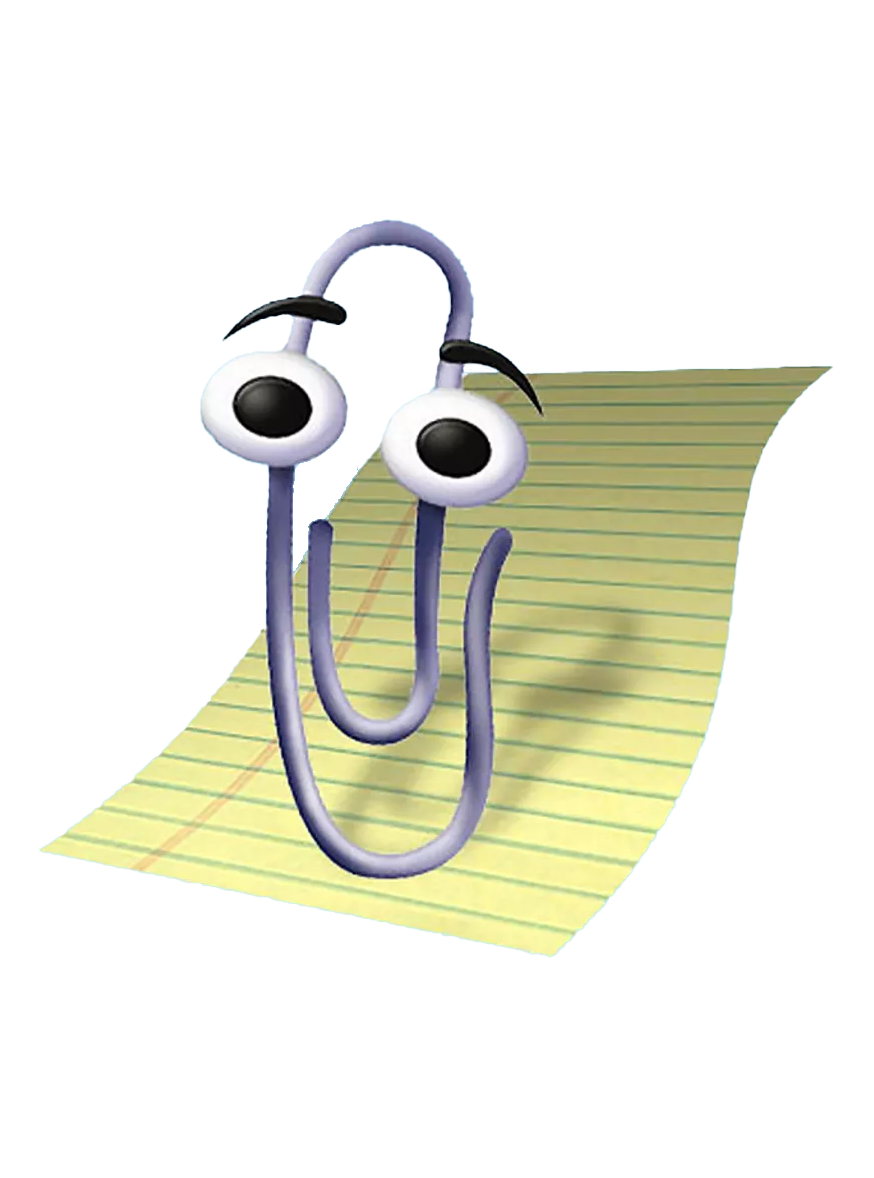
4Clippy walked so today’s AI could run. The original paperclip assistant showed us how a brand mascot could be helpful, friendly, and adapt to your needs.
Mascots also serve a powerful purpose in a fragmented world. Brands now operate across dozens of cultures, languages, and generations.
A well-designed character becomes a humanized bridge, adaptable in tone or symbolism without losing its core identity.
Unlike taglines or celebrity endorsements, mascots can travel globally while retaining emotional clarity.
More radically, mascots may soon become the primary interface for brand interactions.
As real-time rendering, generative AI, and spatial computing mature, consumers may no longer visit static websites or apps.
Instead, they might engage with AI-powered brand characters who can guide, entertain, recommend, and respond in real time, turning brand interaction into an ongoing relationship.
This trend is expanding beyond retail and airlines.
In B2B, healthcare, or finance — sectors not traditionally known for playfulness — mascots can soften the brand experience without sacrificing credibility.
A thoughtfully designed character can explain complex products, bring warmth to onboarding flows, or simply offer a more empathetic user journey.
For growth-focused leaders, mascots offer a rare mix of consistency and flexibility. They don’t demand contracts, reshoots, or overtime. They work across every channel and never go off-message.
But the real strategic edge is scalability.
A single mascot can deliver infinite variations of content — tailored to context, mood, or audience — without creative fatigue.
And this is only the beginning. The next generation of mascots won’t just reflect your brand — they’ll adapt to your customer.
Imagine a character that changes tone based on someone’s browsing behavior, announces new products through evolving narratives, or accepts fan-submitted lore that becomes canon.
These mascots could deliver messages in the right tone, in the right language, and in the right time zone because they’re trained to understand people at scale.
In an attention economy where brands are fighting for the same five seconds of recognition, mascots aren’t just a gimmick.
They’re fast, emotionally rich, and endlessly adaptable. They offer presence with personality.
The only question is whether you’re designing one for the future or still managing one from the past.
